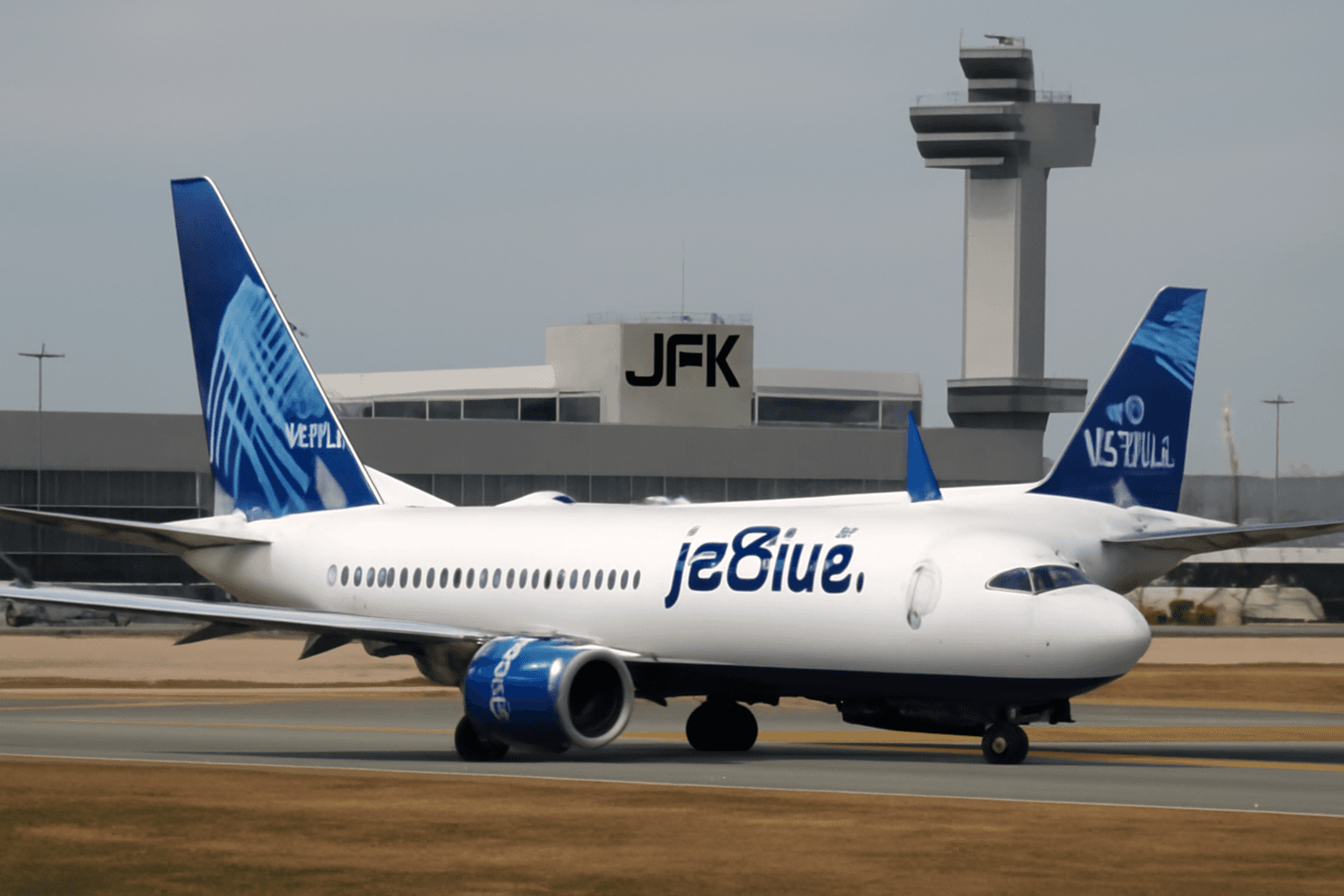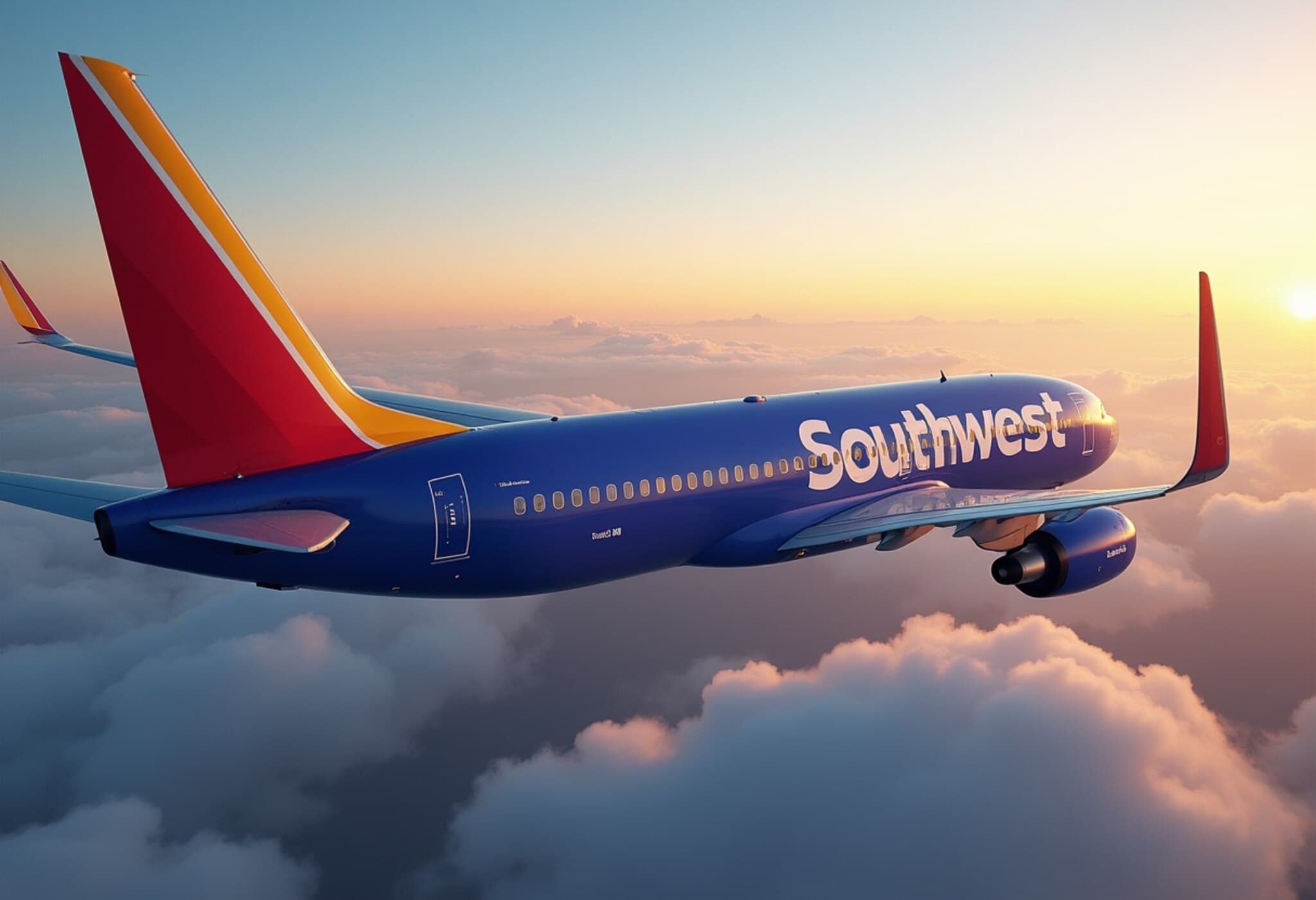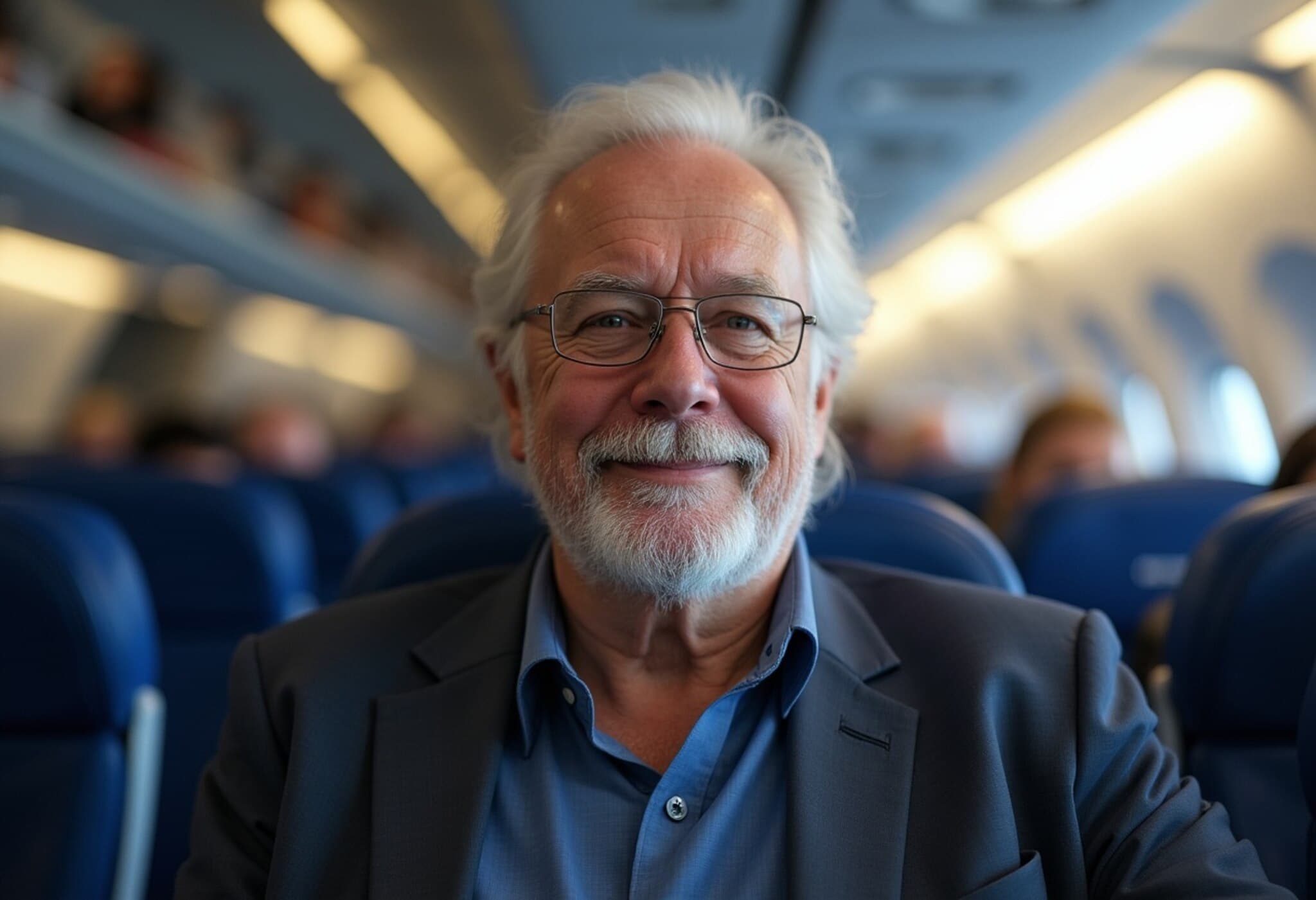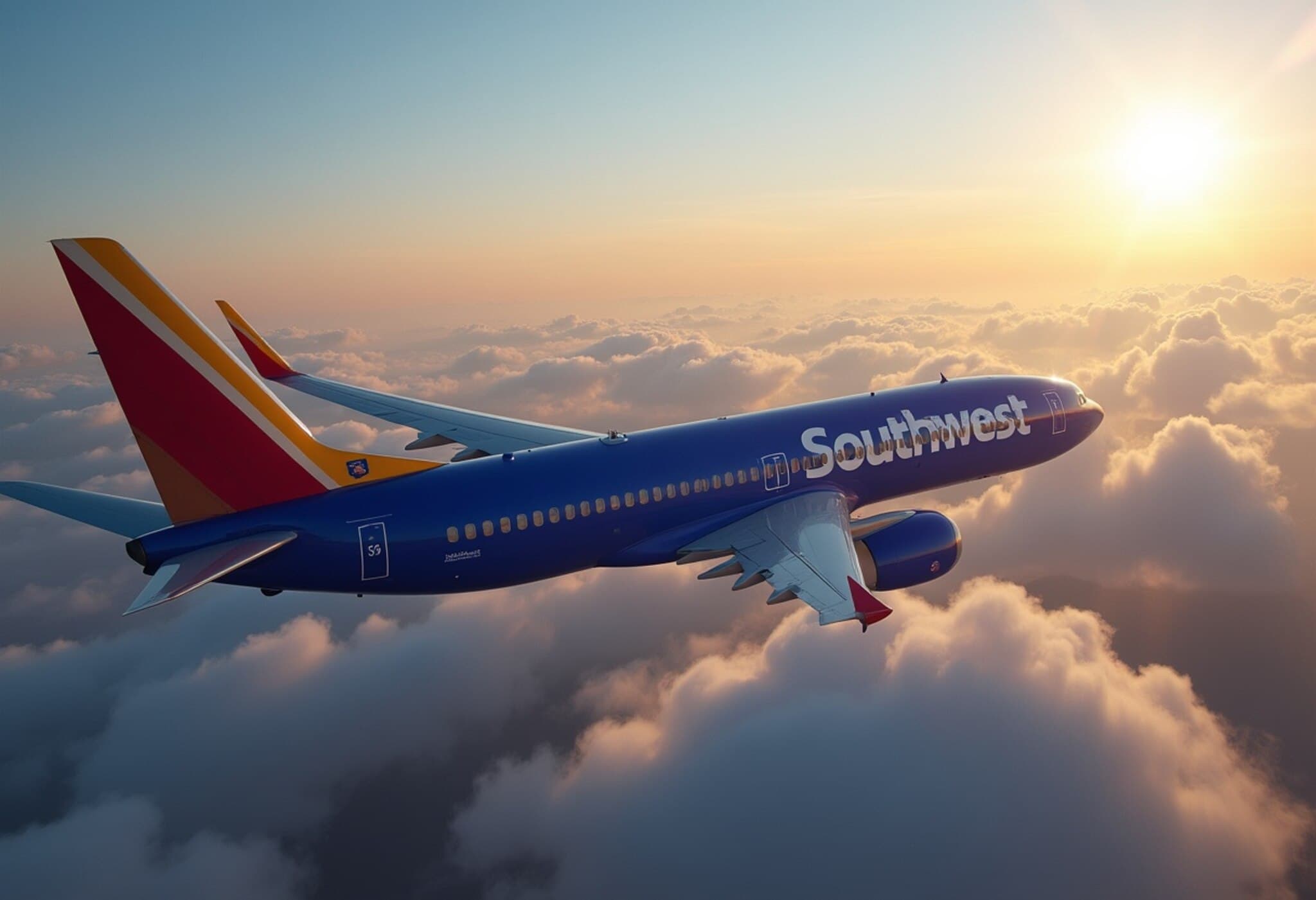Southwest Airlines Transforms Its Boarding Experience
Southwest Airlines, long celebrated for its unique and traveler-friendly open seating policy, is gearing up for a major shift in how passengers board and choose their seats. After more than 50 years of allowing customers to self-select seats on a first-come, first-served basis, the airline announced that it will introduce assigned seating starting January 27, 2026. Tickets reflecting this change will be available for purchase from July 29, 2025.
Why This Change Matters
This landmark decision marks the end of an iconic Southwest practice which has distinguished it from its competitors, along with its well-known perks of two free checked bags and a no-change-fee policy. As the airline navigates a highly competitive landscape and rising operational costs, these strategic adjustments signal Southwest’s effort to enhance profitability while modernizing its services.
Analysts point out that the airline expects these measures, including new fare structures and bag fees introduced earlier this year, to bolster earnings significantly. Southwest projects a boost of $800 million to earnings before interest and taxes (EBIT) in 2025 and up to $1.7 billion in 2026.
Decoding the New Boarding Strategy
The new system departs starkly from the familiar A-B-C boarding groups and the bustling scramble that defined Southwest's boarding process. Instead, passengers will be grouped into eight boarding categories determined by seat assignment, loyalty tier status, and fare class.
- Groups 1 & 2: Reserved for top-tier frequent flyers and customers with premium ticket classes.
- Groups 3 to 8: Include passengers holding Choice and Basic fare types, with seat location influencing exact group allocation.
- Rapid Rewards credit card holders and other cardmembers will have a boarding priority no later than Group 5.
This approach aims to streamline boarding efficiency without compromising the recognition of loyal customers who form the backbone of Southwest’s community. Stephanie Shafer Modi, Managing Director of Fares and Ancillary Products at Southwest, emphasized the balance between operational efficiency and customer loyalty: "We designed a boarding construct that optimizes boarding speed while rewarding our most dedicated customers — tier members, cardholders, and premium product buyers."
Implications for Passengers and Families
Flocking early to secure boarding spots and the camaraderie of the seat-selection scramble will soon be memories. Families and groups who enjoyed the flexibility of sitting together under open seating will experience a transition that brings both challenges and opportunities. However, Southwest assures that seat selection options — including standard, preferred, and extra-legroom seats — will accommodate family seating preferences.
Approximately 25% of Southwest’s Boeing 737 fleet has been renovated with extra-legroom seating to enhance passenger comfort. Although these seats aren’t yet available for individual purchase, the airline has been offering earlier boarding passes to increase customers' chances of snagging these upgrades.
Despite introducing fees for seat assignments—which the airline has not yet specified but are expected to align with industry standards based on route and demand—Southwest maintains that access to certain seats will vary according to the fare purchased. Premium customers and top-tier members continue to enjoy priority boarding privileges.
An Industry Perspective: What Southwest’s Move Signals
Southwest’s departure from open seating mirrors a broader trend in the airline industry, where carriers seek new ways to monetize ancillary services amidst fluctuating fuel costs and economic uncertainties. The airline’s decision highlights a delicate balancing act: preserving brand loyalty and customer goodwill while adopting business practices that improve financial resilience.
For frequent travelers and aviation enthusiasts, this marks an end of an era and the beginning of a new chapter in the way air travel experience is personalized and priced.
Editor’s Note
Southwest Airlines’ shift away from open seating shakes up more than just boarding lines—it challenges a core part of their brand identity that has long resonated with passengers seeking simplicity and flexibility. As travelers adjust, it will be crucial to watch how this restructuring affects customer satisfaction and loyalty over time.
Questions linger about how seating fees will impact budget-conscious flyers and whether the new boarding system truly speeds up turnaround times as promised. For the broader industry, Southwest's initiative may offer a blueprint for balancing customer experience with profitability in the evolving airline marketplace.


















